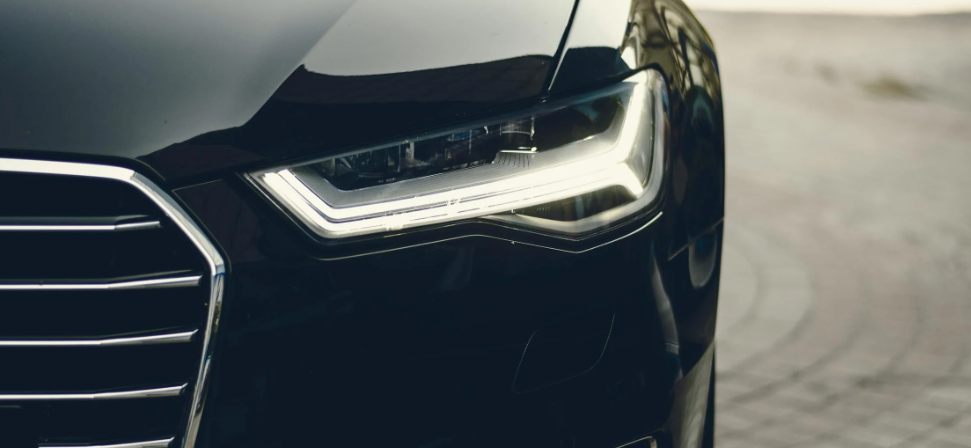Intellectual Property Rights Dilemma: A Major Challenge for Chinese Auto Firms Expanding Globally
![]() 04/30 2025
04/30 2025
![]() 475
475
Intellectual property disputes have emerged as a significant obstacle for Chinese automobile companies seeking to expand internationally. From legal actions initiated by members of the Avanci patent pool against Chinese automakers in the German market to the escalating patent barriers in European and American markets, Chinese automakers are confronting unprecedented challenges in global competition. According to the National Overseas Intellectual Property Dispute Response Guidance Center, the number of patent lawsuits faced by Chinese companies overseas surged by approximately 40% year-on-year in 2023. As Chinese car sales climb in Europe, local stakeholders are leveraging patents as crucial commercial bargaining chips. When Chinese automakers challenge the existing market structure, overseas vested interests employ patent lawsuits and other means to hinder their progress. For instance, members of the Avanci patent pool bolster their licensing claims through frequent litigation in European and American markets, while Chinese automakers, due to their limited participation in this system, face exceptionally high legal risks.

One underlying factor is the disparity between the overseas patent portfolio of Chinese automakers and the demands of international competition. In terms of quantity, the total overseas patents held by leading Chinese automakers amount to only one-fifth of those held by Toyota. There is a critical shortage of defensive patent reserves in the core European and American markets, making it difficult to establish an effective deterrent. Structurally, patents are predominantly concentrated in traditional strongholds such as battery technology and body structure, while patent holdings in cutting-edge technology areas like the Internet of Vehicles and human-computer interaction are weak, potentially leading to a future competitiveness "disconnect".
A more profound issue lies in the lag in patent management capabilities. Most automakers have yet to establish a sophisticated global patent licensing and management system, lacking experience in international regulations, litigation strategies, and negotiation frameworks. They often focus solely on competitors in risk assessments, overlooking the potential threat posed by patent operating organizations. This passive strategy places automakers at a disadvantage in disputes.
So, what should be done?
ZhiKe Book Club contends that amidst the intricate international patent landscape, Chinese automakers need to strategically reconstruct their intellectual property framework.
Firstly, establish a comprehensive risk early warning mechanism to monitor patent litigation trends in real-time and preemptively identify potential risk areas, particularly focusing on the cross-border nature of standard-essential patent (SEP) litigation.
Secondly, enhance licensing negotiation skills. In SEP licensing fee disputes, through collaboration between legal and business teams, strive for reasonable cost savings to prevent profit compression due to exorbitant licensing fees.
Moreover, devise a holistic emergency plan encompassing "pre-prevention, in-process response, and post-optimization" to ensure swift action in the event of litigation and mitigate the impact of severe consequences like sales bans.
Regarding specific strategies, companies should hierarchically manage overseas markets based on the legal system and precedents of the target market, prioritizing patent deployment in key markets. Through a detailed "patent-function-product" analysis, clarify the protection scope of core technologies and comprehensively utilize methods such as application, licensing, and transfer to construct intellectual property barriers.
Simultaneously, leverage the expertise of professional institutions to compensate for internal capabilities, nurture multidisciplinary talents with technical, legal, and international business acumen, and gradually establish a patent management system aligned with international standards.
The intellectual property dilemma serves both as an "interceptor" for Chinese automakers expanding globally and a "rite of passage" towards globalization. The essence of the patent system lies in the rules of commercial competition, and the key to overcoming this dilemma lies in transitioning from a passive response to an active strategy.
When risk early warning, capacity building, and strategic planning converge into a synergistic force, Chinese automakers can transform challenges into opportunities in the international market game and truly achieve the leap from "products going global" to "brands going global" and "rules going global". This journey may be lengthy, but only by confronting challenges head-on can we secure a position in the global automotive industry's transformation.








